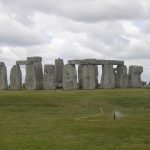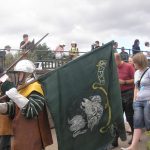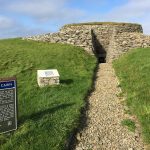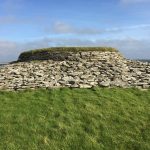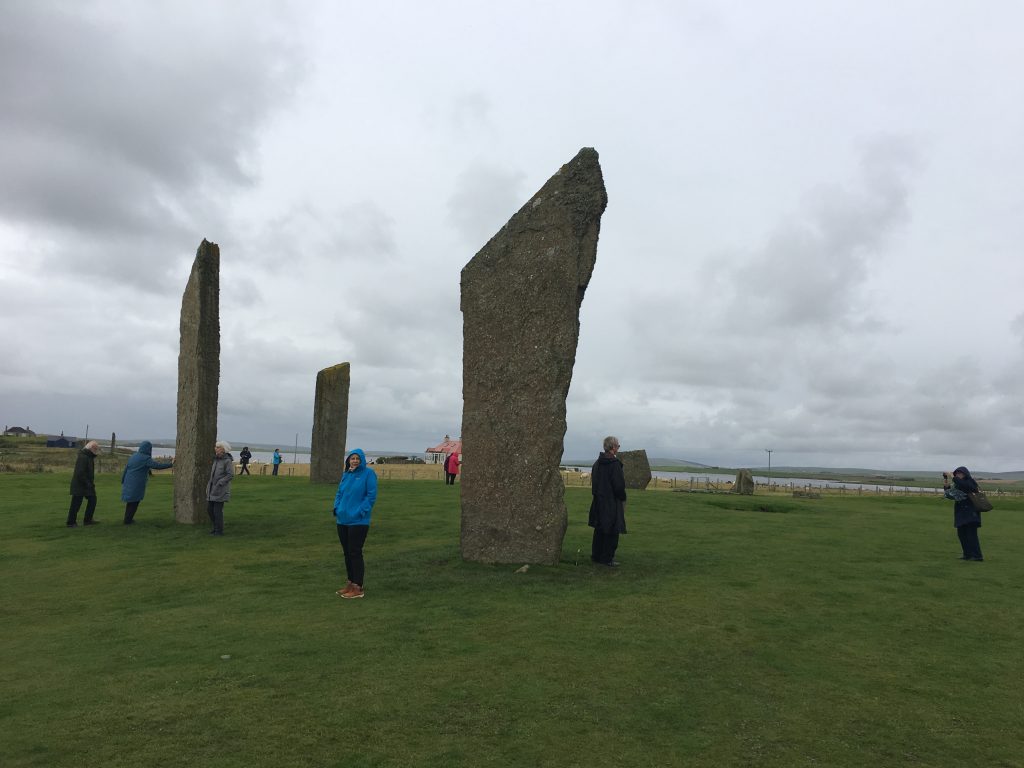
Ring of Brodgar
I caught up with a former colleague recently who was just back from a cruise that included a day in the Orkney Islands, a place we’d had the pleasure of spending a week last year. With such a short time in the Orkneys he’d only had the opportunity to see some of the many spectacular sites including the Ring of Brodgar.
My colleague said that his guide had said it was extraordinary how those standing stones were exactly as they were at Stone Henge. This was something I had not heard before.
We too had been to the Ring of Brodgar and that certainly was not mentioned by our tour guide.
It’s not surprising that he’d heard a different story to us, as they are just stories about seemingly random locations where a group of stones were placed a few thousand years ago.
So what of standing stones?
I have vivid recollections of our visit to Stone Henge during our first visit to England 10 years ago. It is primarily of a group of people dressed as Druids and sheep on the hill. There were people everywhere and the audio guide told me a story of Stone Henge’s history that quite frankly seemed as fanciful as the Druids.
At that time, I thought that Stone Henge was the only Henge in the UK or perhaps the world. It is one of the wonders of the world, but quite honestly I felt completely underwhelmed on our visit. I couldn’t wait to leave and continue on our drive to Cornwall.
- Stone Henge
To be honest, I didn’t give standing stones much thought, and simply ticked Stone Henge off places to visit with a clear understanding there was no need to go back!
So it was with some surprise that as we planned our trip to The Orkney Islands, that I discovered that there were many more standing stones in the UK, including the Ring of Brodgar and the Standing Stones of Stennes. I also have to admit my interest in Standing Stones was also peaked by watching the first series of Outlander. I need to say this quietly as my favourite person, quite a devotee of the books was not a fan of the TV series.
Back to the standing stones. The Ring of Brodgar and The Standing Stones of Stennes are a short drive from Kirkwall, the capital of the Orkneys which was our base for our stay in the Orkney Islands. Our B&B host was a font of information on things to do during our stay in the Orkneys and suggested we visit the Ring of Brodgar and coincide our visit with a Historic Scotland tour.
We took the short drive to the meeting point for the tour, a muddy car park with a few cars and a couple of buses that had ferried the last boat of the season to the standing stones. There wasn’t a Druid insight, just a cold and soggy field where we along with the small number of other tourists gazed at the marvellous Ring of Brodgar. It was far from underwhelming!
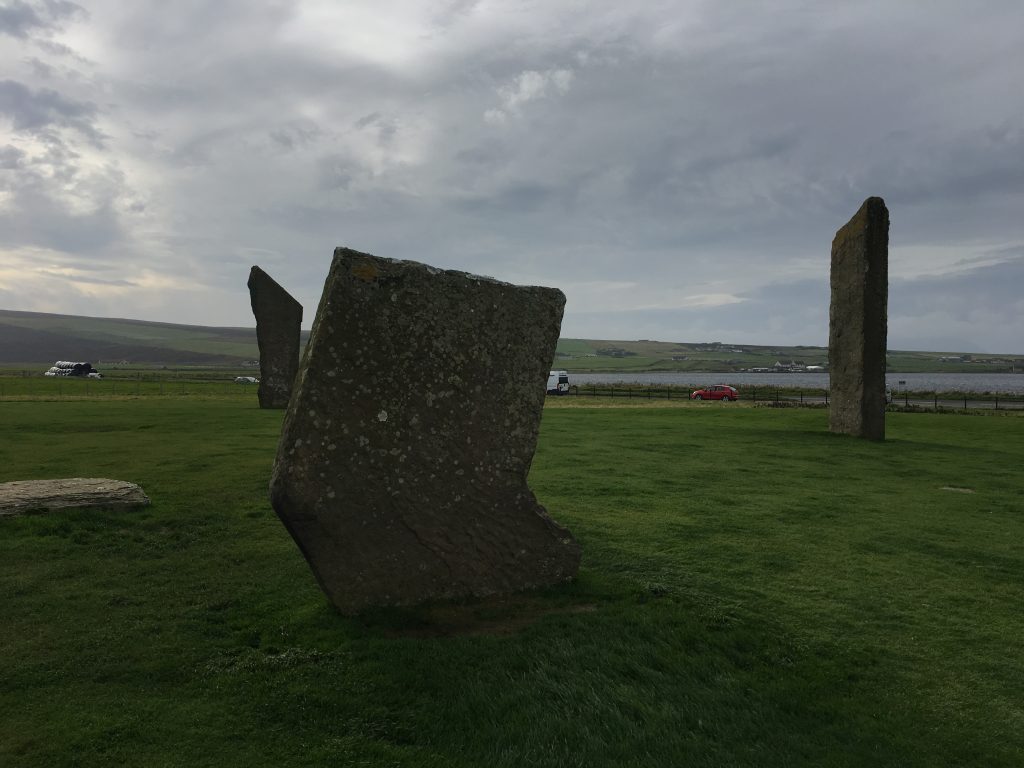
We were glad we had coincided our visit the Historic Scotland tour. Our guide provided an insight into the standing stones and history of the region. What was most striking was the lack of attempt by our guide to be definitive as to what these standing stones or henges actually signified or what their purpose was.
Our tour guide was happy to entertain almost any suggestion from our small group as to the purpose of these ancient structures. Did they have religious significance? Were they a market or a meeting place? How did they get here? It seemed the only suggestion she would not entertain was that they were landing fields for spacecraft! With that exception, she allowed us to reach our own conclusions.
Just a few hundred metres from Ring of Brodgar are the Standing Stones of Stennes. These are thought to be the oldest standing stones in the British Isles. Again no one really has any idea why they are there except that they seem to be adjacent to a small village.
As with the Ring of Brodgar they are part of Historic Scotland’s remit and tours are available. Unfortunately, we were unable to coincide our visit with a Historic Scotland Tour.
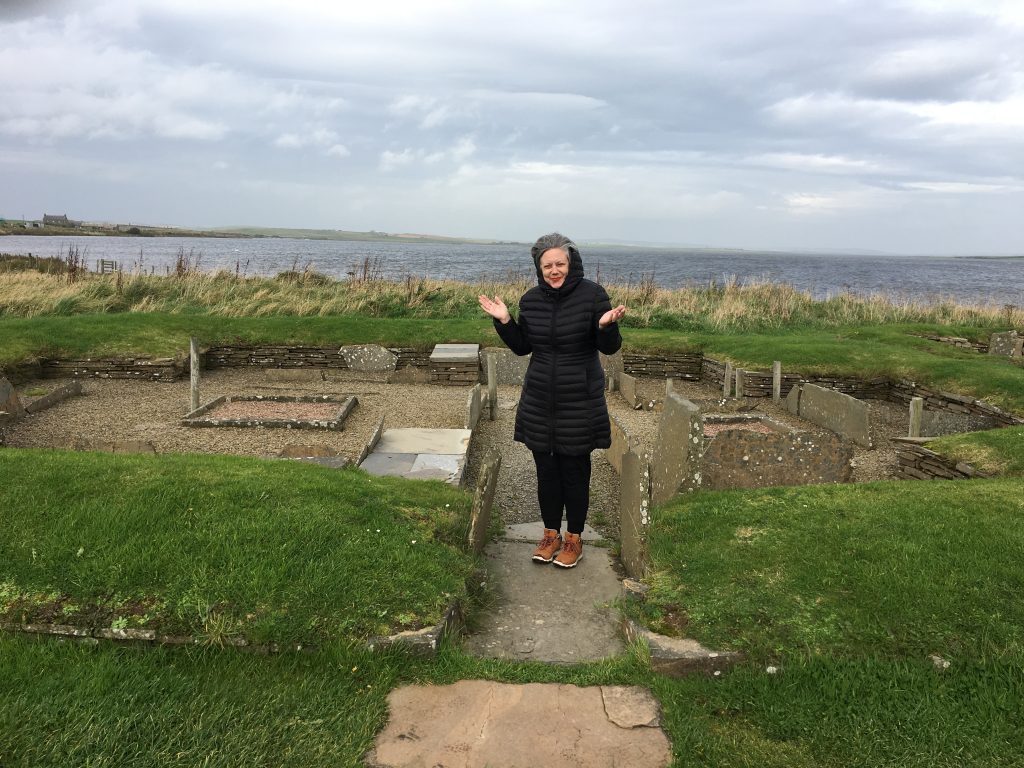
My favourite person ponders the ruins of the ancient village adjacent to the Standing Stones of Stennes – “What are these all about?”
The Ring of Brodgar, The Standing Stones of Stennes, as well as the burial chambers, form part of what is described as Heart of Neolithic Orkney.
These places are quite amazing to visit as are the other neolithic sites scattered around the islands. They are a must see on a visit to The Orkney Islands.
It’s hard to believe that not that long ago, farmers thought these astonishing structures from such a time long gone should be knocked over to make way for farming!
- Burial Chamber – Sanday
Travel Tips:
- The Historic Scotland Tour was free
- Burial chambers often require crawling through muddy wet narrow spaces so it’s probably worth wearing clothes that you don’t mind getting dirty. You are in North Scotland so you are going to be wet anyway!!
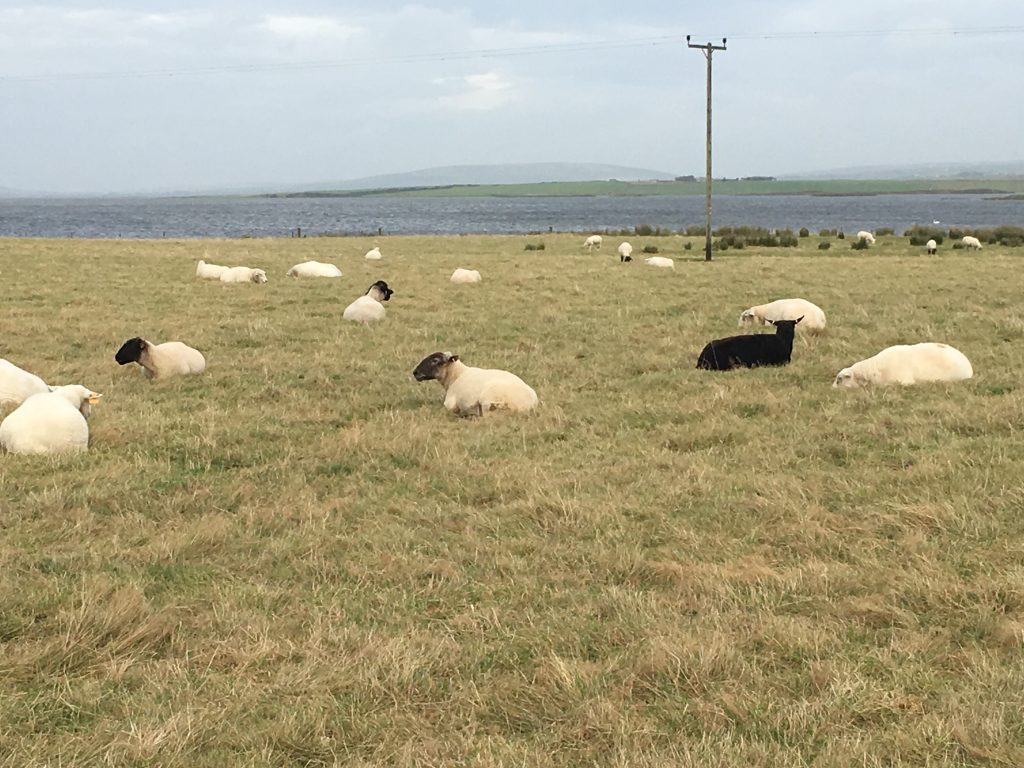
Yes – there were sheep here too!

